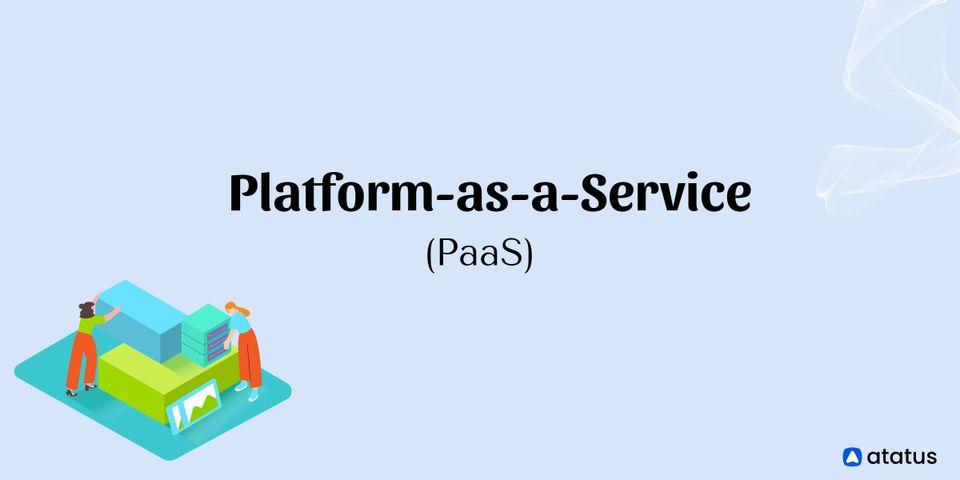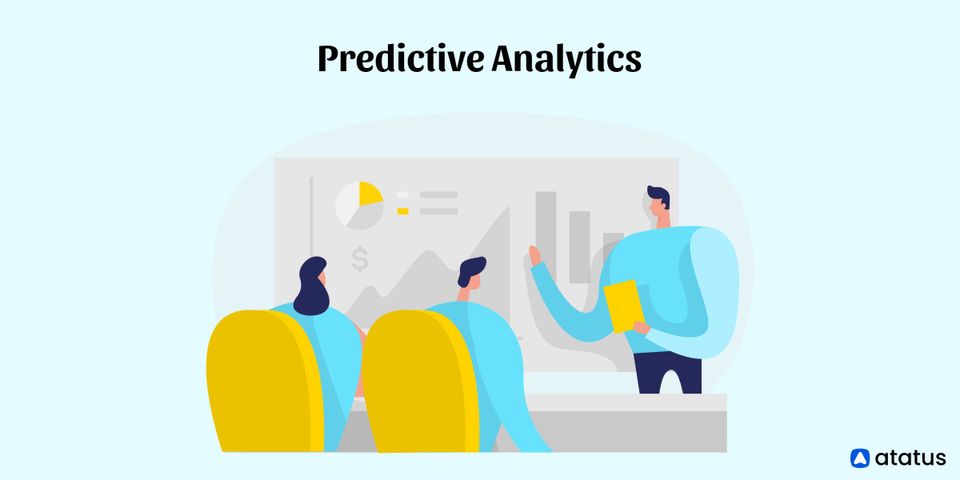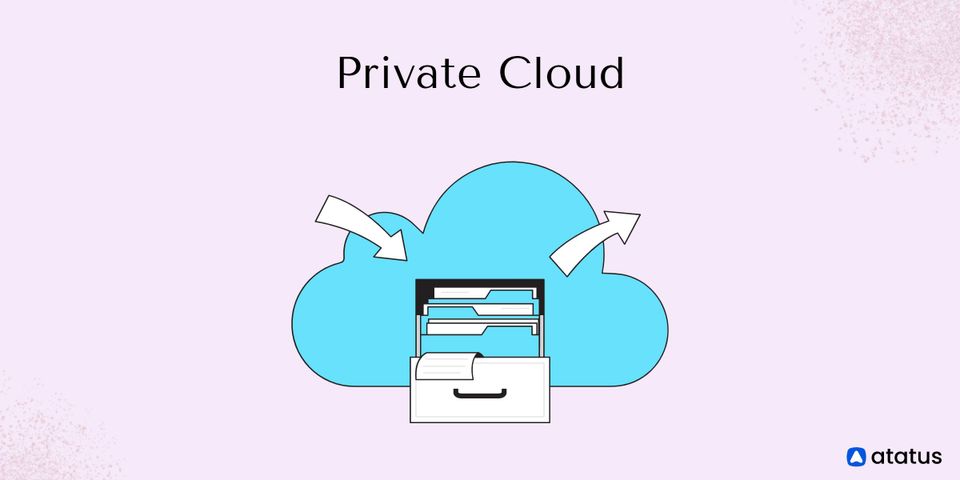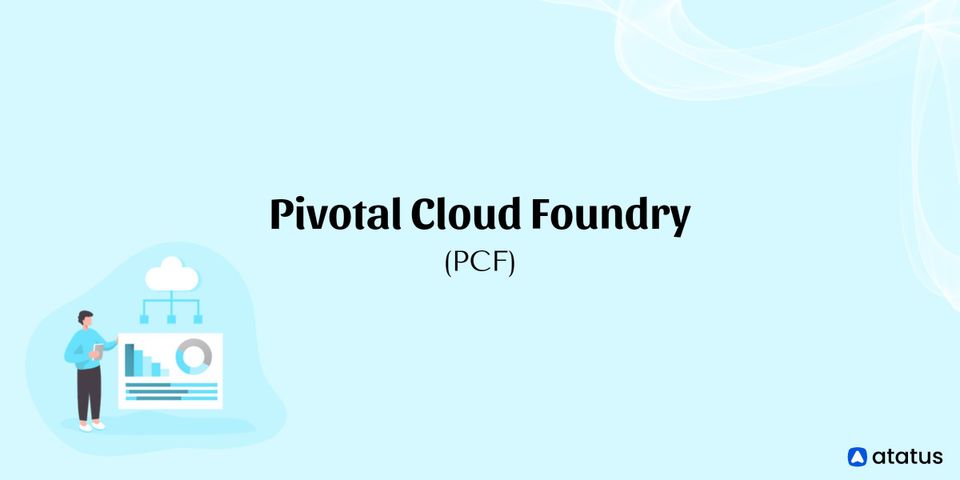Without having to worry about infrastructure or operating systems, PaaS allows developers and business users to focus on building fantastic applications with clicks and code. Cloud-based development tools, servers, and programming environments save time and money compared to constructing them in-house.
Applications can be developed and hosted more quickly and at a lower cost, with no risk of infrastructure-related delays or inefficiencies. Simply put, PaaS enables developers to focus on what they do best, allowing them to provide high-quality outcomes faster.
We will cover the following:
- What is Platform-as-a-Service?
- How Does Platform as a Service Work?
- Types of PaaS
- Benefits of PaaS
- Use Cases for PaaS
What is Platform-as-a-Service?
PaaS (Platform-as-a-Service) is a cloud computing platform that enables organizations to implement a cost-effective cloud strategy. Companies can utilise PaaS to develop, run, and manage applications without having to build and maintain the cloud infrastructure necessary to do so. Since the business can focus on the application itself, PaaS allows for more efficient application development.
Users don't have to bother about server setup and maintenance, patching, upgrades, authentication, and so on because it's a cloud-based service. Instead, they can focus on providing the best possible user experience. PaaS also includes a number of add-on services such as workflow and design tools, as well as sophisticated APIs, all of which are aimed at helping business users and developers in creating applications that please their users.

Customers can utilise PaaS to develop, run, and manage applications without having to build and maintain the cloud infrastructure necessary for development and deployment. Platform as a Service solution allows customers to concentrate on their applications. The customer handles applications and data via PaaS.
Runtime, middleware, operating system, virtualization, servers, storage, and networking are all managed by the provider (in public PaaS) or the IT department (in private PaaS). The provider's development tools are tailored to the customer's specific requirements. The user has the option of maintaining the software themselves or having it maintained by the vendor.
How Does Platform-as-a-Service Work?
PaaS is a cloud computing concept in which a service provider provides consumers with a platform. The platform enables the company to create, run, and manage business applications without having to invest in the infrastructure that traditional software development processes require.
PaaS is provided through a hosted cloud infrastructure provided by a service provider. Web browsers are commonly used to access PaaS services. For access to the platform and applications hosted on it, some vendors will charge a monthly fee.
PaaS is accessible in three types of clouds: public, private, and hybrid. The user is in charge of software deployment using a public cloud PaaS, while the cloud provider manages all of the major IT components required to run applications.
Servers, storage systems, networks, operating systems, and databases are examples of these components. Platform-as-a-Service is delivered as software behind a customer's firewall, typically in the customer's on-premises data centre, via a private cloud service. Cloud hybrid PaaS is a hybrid cloud solution that combines the two types of cloud services.
Instead of replacing the complete IT infrastructure for development, it offers critical services like application hosting and Java development. PaaS services include application design, development, testing, and deployment, to name a few.
PaaS services include collaboration among development teams, information security, and database and web service integration. PaaS includes servers, networking equipment, operating systems, storage services, middleware, and databases as basic cloud infrastructure components.
All of these technology solutions are owned, operated, configured, and managed by the service providers. Customers can avoid investing in these critical IT components, which they may not be able to fully utilise.
Types of PaaS
Developers can now choose from a variety of PaaS options. They are as follows:
- Public PaaS
The optimum use of public PaaS is on the public cloud. A public PaaS allows users to manage software deployment while the cloud provider handles all other main IT components required for application hosting, such as operating systems, databases, servers, and storage system networks. - Private PaaS
It aims to combine the flexibility of public PaaS with the security, compliance, benefits, and cost savings of a private data centre. It's usually installed in the user's firewall, which is usually housed in the company's on-premises data centre. - Hybrid PaaS
Hybrid PaaS combines public and private PaaS to give businesses the flexibility of infinite capacity from a public PaaS and the cost savings of owning internal infrastructure from a private PaaS. A hybrid cloud is used in hybrid PaaS. - Communication PaaS
It's a cloud-based platform that lets developers integrate real-time communication into their applications without having to worry about user interfaces or backend infrastructure. In most cases, real-time communications take place in applications designed particularly for this purpose. - OpenPaaS
OpenPaaS is an open-source business collaboration platform with basic web applications like calendars, contacts, and email that looks great on any device. OpenPaaS was created with the goal of allowing users to rapidly deploy new apps. Its purpose is to create a PaaS platform dedicated to enterprise collaboration applications, particularly those run-on hybrid clouds.
Benefits of PaaS
The following are the most frequently mentioned PaaS benefits when compared to an on-premises platform:
- Affordable
Most PaaS platforms provide access to a wider choice of application stack alternatives, such as operating systems, middleware, databases, and development tools, than most companies can maintain on their own. - Improved Time to Market
With PaaS, you won't have to acquire and install the hardware and software required to set up and manage your application development platform, and your development teams won't have to wait while you do so. You just start provisioning resources and generating them right away using the PaaS provided by the cloud service provider. - Experimentation with More Freedom
PaaS also allows you to try out new operating systems, languages, and other technologies without having to invest a lot of money in them or the infrastructure to support them. - Scalable
Scaling an on-premises platform is always expensive, inefficient, and in certain cases insufficient: You must purchase more computing, storage, and networking capacity in anticipation of traffic spikes; much of this capacity sits idle during low-traffic periods, and none of it can be ramped up in time to support unanticipated surges. You may buy more capacity using PaaS and start utilising it right now, whenever you need it. - More Flexible
PaaS services offer a shared software development environment that gives developers and operations teams access to all of the tools they need from anywhere with an internet connection. - Lower Costs Overall
Clearly, PaaS saves money by allowing a company to avoid the capital equipment costs of developing and scaling an application platform. It can lower or eliminate software licencing costs. PaaS can also help you save money on application management by taking care of patches, updates, and other administrative tasks.
Use cases for PaaS
PaaS can help enterprises with a variety of IT efforts by providing an integrated and ready-to-use platform that allows them to offload infrastructure management to the cloud provider and focus on designing, deploying, and managing applications.
- API Development and Management
PaaS makes it easier for teams to design, execute, maintain, and secure APIs for sharing data and functionality between applications due to its built-in frameworks. - Internet of Things (IoT)
For IoT application creation and real-time data processing provided by IoT devices, PaaS can support a range of programming languages, tools, and application environments right out of the box. - DevOps and Agile Development
PaaS can automate the software development lifecycle, including integration, delivery, security, testing, and deployment, by providing pre-configured environments. - Cloud Migration and Cloud-native Development
PaaS can make it easier to migrate current applications to the cloud, especially through re-platforming or restructuring, due to its ready-to-use tools and integration capabilities. - Hybrid Cloud Strategy
Hybrid clouds mix public, private, and on-premises infrastructure to provide orchestration, administration, and application mobility across all three. As a result, an organisation can operate and scale traditional or cloud-native workloads on the most appropriate computing architecture in a unified and flexible distributed computing environment.
Conclusion
PaaS is bringing a new era of mass invention and organisational agility. It shares the same innovative roots as Amazon, eBay, Google, and YouTube, which all exploited the browser to launch new capabilities in new markets.
For application development and delivery, PaaS provides a similar cost-effective and specialised model. Developers may now focus on their business's application knowledge rather than complex hardware and software infrastructure for the first time.
Also Read:
- Application Whitelisting
- Active Directory (AD)
- Container Orchestration
- DevSecOps
- Hadoop Architecture
Atatus API Monitoring and Observability
Atatus provide Powerful API Observability to help you debug and prevent API issues. It monitors the user experience and be notified when abnormalities or issues arise. You can deeply understand who is using your APIs, how they are used, and the payloads they are sending.

Atatus's user-centric API observability monitors the functionality, availability, and performance of your internal, external, and third-party APIs to see how your actual users interact with the API in your application. It also validates rest APIs and keeps track of metrics like latency, response time, and other performance indicators to ensure your application runs smoothly. Customers can easily get metrics on their quota usage, SLAs, and more.





